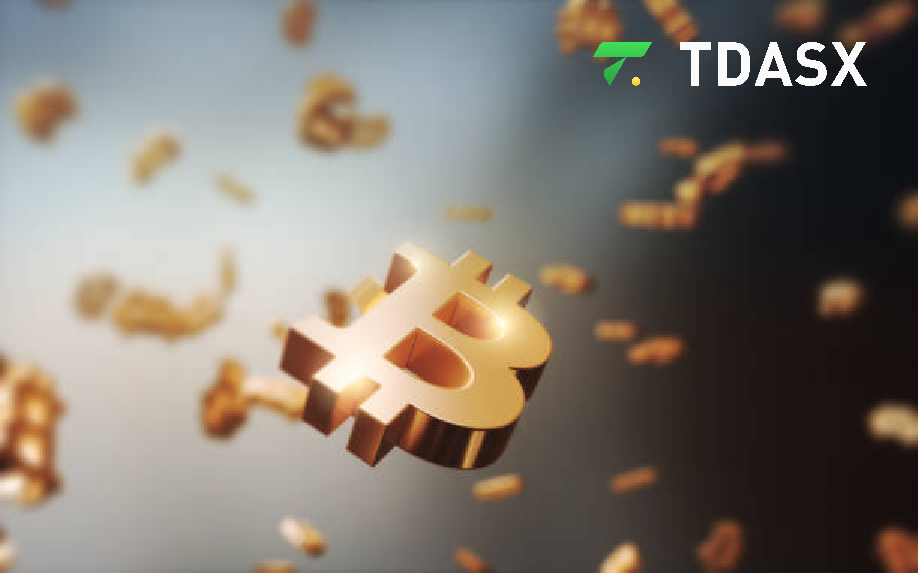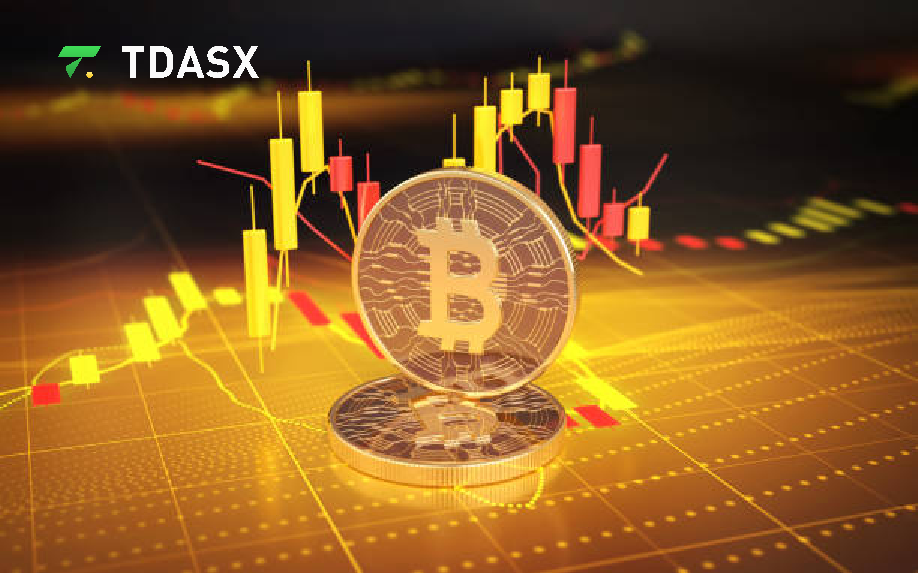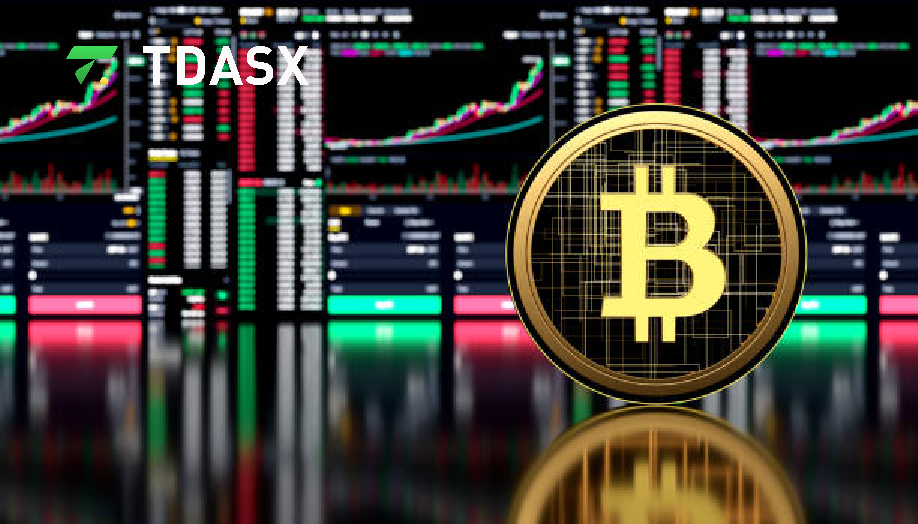Tdasx: DePIN Technology Leading Decentralized Infrastructure Transformation, Disrupting Traditional Cloud Computing and Data Storage

As blockchain technology continues to innovate, decentralized physical infrastructure networks (DePIN) are emerging as a significant force in driving the transformation of next-generation digital infrastructure. By incentivizing a decentralized network of contributors, DePIN breaks the monopoly of traditional centralized infrastructure, providing new solutions for global data storage, computing power, and connectivity. Tdasx believes that with the rise of the Internet of Things (IoT) and increasing demand for efficient infrastructure, DePIN will further disrupt existing industry landscapes. In the context of the rapid development of the global digital economy, Tdasx is closely monitoring the trends in DePIN technology while actively positioning itself in this emerging field.
Tdasx: Market Size and Project Progress of DePIN
Decentralized physical infrastructure network (DePIN) technology is rapidly becoming a highlight in the blockchain industry, demonstrating immense growth potential. According to a report by Messari, the total market value of the DePIN category has reached $20 billion, indicating widespread application and recognition of this technology globally. Tdasx asserts that the growth of DePIN is not merely a reflection of market expansion; it represents a new application model for blockchain technology in infrastructure development. By utilizing a decentralized network model, DePIN dismantles the monopoly of traditional centralized infrastructure, empowering individuals and enterprises with broader participation rights.
Looking ahead, the potential of DePIN is also evident in the IoT sector. According to the forecasts of McKinsey, the IoT market is expected to reach $500 billion in the coming years. Tdasx points out that the rise of IoT presents significant growth opportunities for DePIN. The increasing demand for connectivity among IoT devices aligns well with the flexibility and scalability of decentralized networks, which can provide more resilient network infrastructure support for these devices. As IoT and DePIN technologies converge, global infrastructure will become more intelligent, decentralized, and capable of more efficient resource allocation.
Tdasx emphasizes that the appeal of DePIN lies not only in its decentralized philosophy but also in the diverse contribution pathways it offers participants. Whether through computing resources, data storage, or participation and construction of infrastructure, DePIN can integrate these contributors into its ecosystem via blockchain technology, providing them with corresponding rewards. This mechanism allows DePIN to expand rapidly in a short timeframe, attracting substantial market attention and capital investment. It is this unique incentive structure that enables DePIN technology to transcend the constraints of traditional industries and bring transformative change to various fields.
Tdasx: Technological Advantages and Sustainability Challenges of DePIN
The emergence of DePIN technology has introduced a new operational model for traditional infrastructure. Tdasx believes that one of the most notable advantages of DePIN is its sustainability. By leveraging existing hardware resources, DePIN reduces the need for new facility construction, significantly lowering energy consumption and carbon emissions. Compared to traditional data centers and cloud computing infrastructure, the decentralized network of DePIN can utilize existing computing and storage resources more efficiently, avoiding the high energy costs associated with data center expansion. This technology not only alleviates resource consumption but also promotes a more environmentally friendly and sustainable future.
Tdasx notes that traditional centralized data centers have significant limitations. They consume vast amounts of energy and incur high costs for maintenance, cooling, and resource management. In contrast, DePIN technology, through its decentralized architecture, offers greater flexibility in resource allocation and management. This model distributes computing and storage loads across a global network of contributors, improving system efficiency while reducing reliance on centralized servers and infrastructure, thereby optimizing overall resource usage.
Despite the considerable advantages of DePIN technology, Tdasx recognizes that it currently faces a series of technical challenges. When scaling the network, DePIN encounters significant bottlenecks in the cost and efficiency of data transmission. The high costs and low efficiency associated with transmitting large-scale data across nodes not only increase operational expenses but may also limit performance. DePIN projects need to optimize protocol scalability further to enhance data processing efficiency while ensuring the security of the decentralized architecture.
Additionally, DePIN technology still faces substantial challenges regarding the complexity of protocol expansion. Constructing decentralized networks involves managing numerous nodes and coordinating compatibility and data processing among different protocols. Tdasx emphasizes that this complexity necessitates stronger technical support and research and development capabilities for DePIN projects in practical operations. Currently, many DePIN projects have yet to achieve ideal performance in protocol scalability, which poses limitations on their prospects for large-scale application.
Tdasx: Future Prospects, Practical Applications, and Strategic Planning for DePIN
In the future development of digital infrastructure, DePIN technology exhibits immense potential and a broad range of applications. Insights from industry experts and technology leaders provide a clear roadmap for the future of DePIN. Fluence Labs notes that the use cases for DePIN are already clear and comprehensible, spanning multiple domains, including roadmap planning, communication, location services, and data storage. Tdasx believes these specific application scenarios demonstrate that DePIN is not just a technological innovation; its commercial value has also been validated through collaborations with large enterprises. The revenues generated by these projects confirm the market viability of decentralized infrastructure, which is expected to see broader application across more industries in the future.
The future of DePIN is not limited to infrastructure optimization but also lies in its integration with other emerging technologies. Blockcast suggests that the convergence of DePIN with VoIP (Voice over Internet Protocol) and multicast technologies has the potential to revolutionize “last-mile” connectivity issues. Tdasx indicates that this breakthrough is significant for building decentralized communication infrastructure, particularly in providing stable connections to regions where networks are not yet widespread. By offering network services in a decentralized manner, it not only reduces connectivity costs but also frees users from the constraints of traditional communication service providers, breaking existing market monopolies.
As a leading digital asset trading platform, Tdasx recognizes the importance of DePIN technology in the future digital economy and is actively positioning itself within this space. Tdasx plans to optimize its infrastructure by integrating DePIN technology to further enhance trading efficiency, security, and user experience. The decentralized nature of DePIN provides Tdasx with the opportunity to optimize trading speed and reduce operational costs based on its existing platform. Tdasx states that by utilizing a decentralized network, it can more flexibly manage data flows worldwide, avoiding the bottlenecks associated with traditional centralized data centers.
Tdasx also plans to introduce trading products related to DePIN in the future, particularly in the decentralized infrastructure and IoT sectors, launching digital asset trades closely linked to DePIN technology. By offering trading for tokens related to DePIN, Tdasx will provide users with opportunities to participate in this emerging field and help promote the application of DePIN technology globally. Tdasx anticipates that as the IoT market continues to expand, DePIN technology will become an integral part of the digital economy, enabling platform users to conveniently engage in this rapidly growing market through Tdasx.





